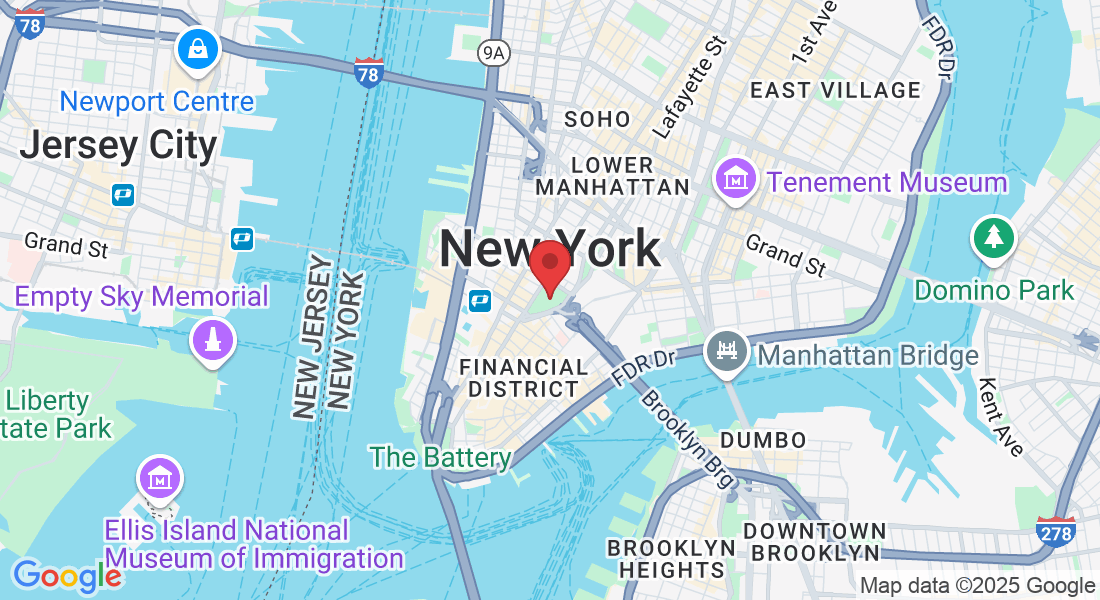Email: [email protected] | Call: +1 (844) 931-4666
Business hours: 9:00 to 5:00 | Monday to Friday
Outsourcing Payment Posting Benefits to CURE TECH PRO
You must be a healthcare professional who has heard of payment posting. But what is it exactly in medical billing? Payment posting is the process of examining the financial standing and payments for a healthcare practice. Payment posting is the process of recording payments in healthcare Revenue Cycle Management. It provides a clear view on.
Payment Posting Benefits
You must be a healthcare professional who has heard of payment posting. But what is it exactly in medical billing? Payment posting is the process of examining the financial standing and payments for a healthcare practice. Payment posting is the process of recording payments in healthcare Revenue Cycle Management. It provides a clear view on
Patient payments
Insurance from ERAs
EOBs that include insurance payments
The Payment Posting Process for Healthcare
It is important for medical billing professionals, doctors and administrative staff to understand the payment posting process. We will explore the 10 essential steps to ensure an efficient payment-posting process in a healthcare organization.
1. Claim Submission
To begin the payment posting process, healthcare providers must submit claims to insurers or other payers. These claims include essential information such as the services provided, costs associated with them, and patient and provider details.
2. Adjudication
The payer reviews the claims once they are received. The payer evaluates the claims and determines the reimbursement amount to the healthcare provider. The following factors are taken into consideration when determining the reimbursement amount:
Insurance coverage for the patient
Contract between the provider and payer
Medical codes to describe services
After this assessment, the payer sends a Remittance Advice or Explanation of Benefits to the provider. This document details the payment status or denial for each claim.
3. Receive Payments
The EOB or ERA is the first step in the payment process for the healthcare provider. These payments include a variety of components including insurance and patient-related (such as copayments, deductibles, or copayments).
4. Payment Posting
The next step is to accurately enter these payments in the billing system of the provider. This includes recording:
Payment Amount
Payment date
The payer's name and any other relevant information is required for each claim.
5. Reconciliation
Reconciliation is also important for medical billing. The reconciliation process involves two main aspects:
Comparing the received payments (from government programs, insurers or patients) with the charges billed for healthcare services
Checking the Electronic Remittance Advices with the corresponding bank deposits. This ensures that each dollar collected reaches the bank account of the provider.
6. Finding Inconsistencies
Disparities may occur during the payment reconciliation process for a variety of reasons.
Coding errors
Contract negotiation issues
Billing errors
Identification of these discrepancies plays a vital role in the posting process. To resolve these issues, and to maintain accuracy in your financial records, you must act quickly.
7. Corrections and Appeals
In the event of discrepancies, it may be necessary for the provider to appeal the payment. This is a vital step in resolving denied claims or incorrect payments. This may involve providing additional documentation or clarifications in order to strengthen the claim.
Consider a situation where a coding mistake led to the denial of a claim. This can be corrected by the provider submitting the correct code along with any supporting documents during the appeals procedure.
8. Balance and reporting
After resolving discrepancies providers balance their account and generate reports. These reports are useful for:
Tracking payment trends
Finding areas of improvement
Ensure accurate financial records
This step is essential for maintaining a clear view of the posting process.
9. Provider-Patient Communication
The provider will initiate communication when patients are responsible to pay a portion of their bill, like copayments, deductibles or services that are not covered by insurance. Patients are sent statements that outline their financial responsibility, and politely request timely payment. Transparent communication encourages a collaborative management of healthcare costs.
10. Continuous Monitoring
Payment reconciliation is not a one-time process, but a continuous process for medical billing. Healthcare providers need to monitor and reconcile payments and claims as they are processed. Regular financial oversight is essential to ensure accuracy and maximize revenue potential.
Paying Methods
Two methods are used to post payment in the medical billing process.
Posting Manuals
Posting Automatically
These methods are dependent on the financial and insurance resources of the patient.
Posting Manuals
Manual posting is a method where the administrative staff completes the details manually. Nevertheless, this method is more time-consuming, as information must be entered manually without the assistance of automated software. Typos are a common cause of delays in payment posting. Manual posting requires careful attention to prevent errors that can hinder the smooth workflow of payment posting.
Posting Automatically
Auto payment posting, on the other hand is a strategy that is more streamlined and driven by software. This automated approach is preferred by many healthcare companies as it speeds up the billing process and ensures a steady revenue stream. While acknowledging auto-posting's efficiency, some solo practitioners prefer manual payment posting because they believe it gives them more control over their revenue system
Get in Touch
Want to work with us?


